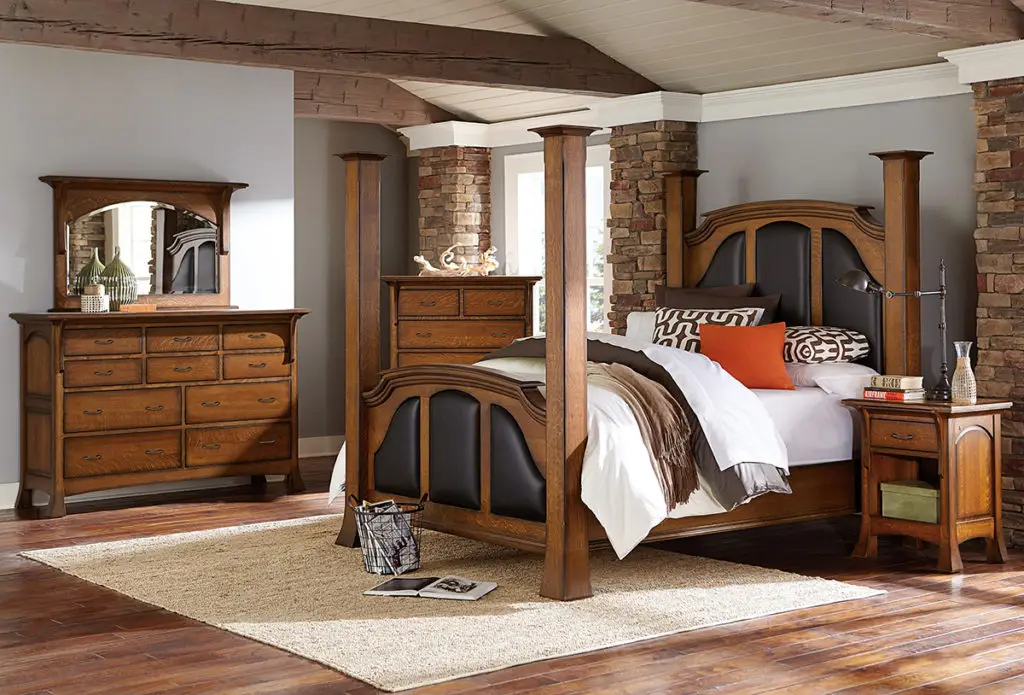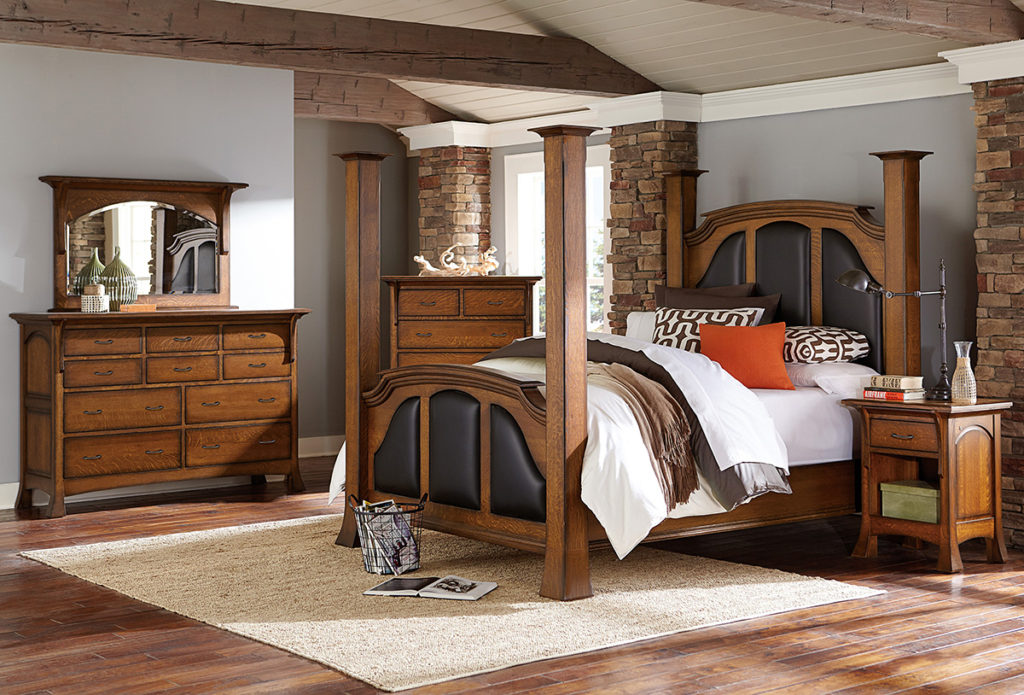When you think of Amish furniture, you might picture handcrafted, sturdy pieces that last for years. But have you ever wondered if some of this furniture could be made in China? It’s a question worth exploring, especially in today’s world, where products from different corners of the globe fill our homes.
Authentic Amish furniture, a symbol of American craftsmanship, is exclusively handcrafted in the U.S., not China. Crafted in small, family-run workshops, it skillfully blends traditional techniques with modern tools, ensuring a perfect mix of heritage and efficiency in each piece.
Exploring whether Amish furniture is made in China, we will unravel the truth behind its craftsmanship, origin, and how it contrasts with the global furniture industry.
The Amish Craftsmanship Process
The Amish craftsmanship process is a unique and meticulous approach to furniture making, renowned for its quality, durability, and timeless design. Here’s an overview of the key elements involved in this process:
Material Selection
Amish craftsmen predominantly use high-quality hardwoods such as oak, cherry, hickory, maple, and walnut. These woods are selected for their durability, beauty, and grain patterns. The choice of wood plays a crucial role in the aesthetic and longevity of the furniture.
The Amish are known for their classic furniture styles, including Mission and Shaker. These designs are appreciated for their simplicity, functionality, and timelessness.
While adhering to traditional styles, Amish craftsmen also offer customization to meet specific customer needs and preferences. This includes alterations in size, wood type, and design details.
Woodworking Techniques
A combination of traditional hand tools and selective power tools is used in the Amish woodworking process. While the Amish community generally avoids modern technology, many have adapted to using power tools that do not connect to the electrical grid, often powered by pneumatic or hydraulic systems.
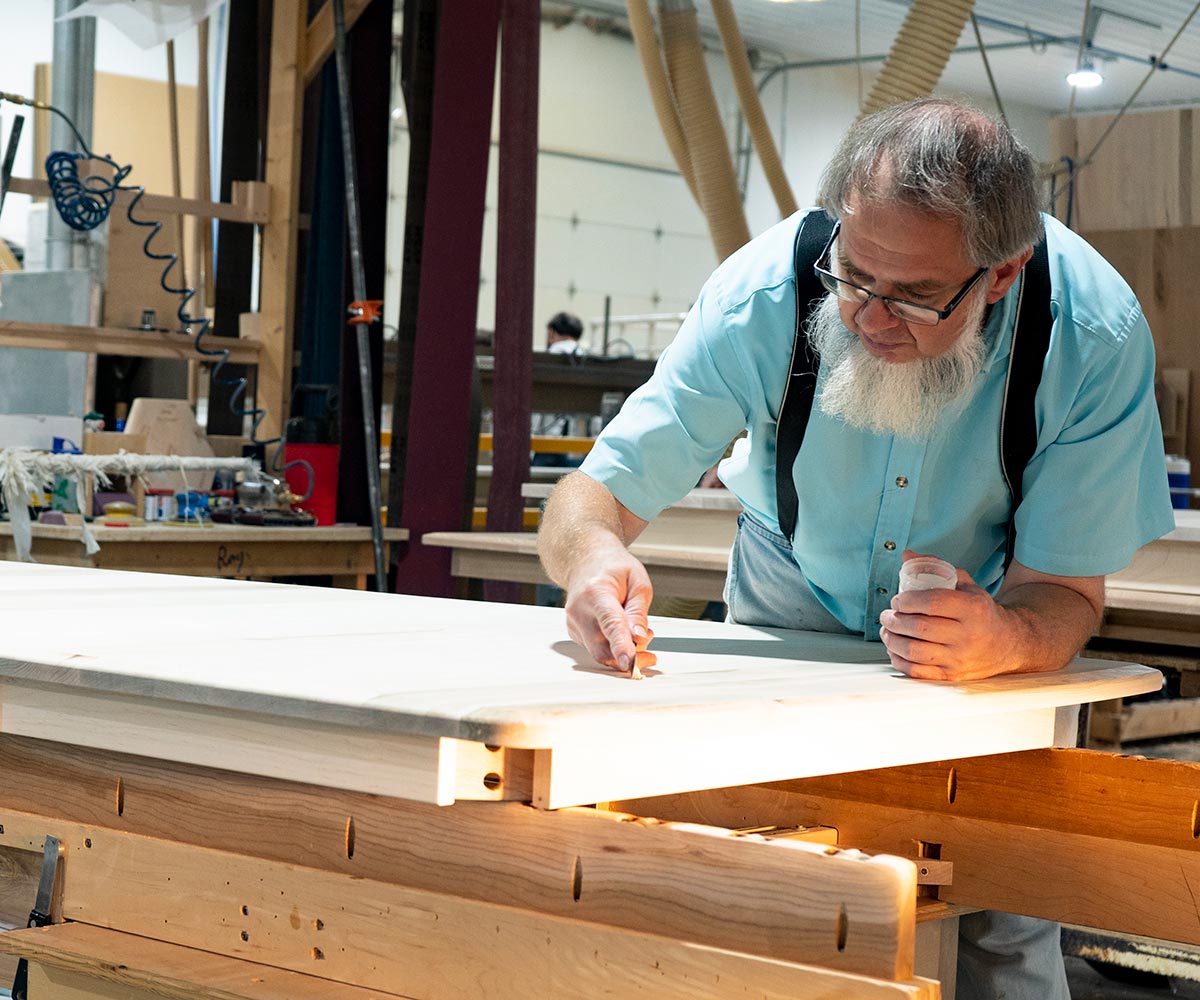
Amish woodworking is characterized by meticulous attention to detail. This includes precise joinery techniques like dovetail and mortise-and-tenon joints, which are known for their strength and durability.
Finishing Touches
The finishing process of Amish furniture is predominantly done by hand. This includes sanding, staining, and sealing the wood to enhance its natural beauty and protect it.
Each piece of furniture is thoroughly inspected for quality and craftsmanship. This ensures that the final product adheres to the high standards of Amish furniture making.
Sustainability and Ethics
The Amish community places a high value on sustainability and environmental stewardship. The materials used are often locally sourced, and the production methods aim to have minimal environmental impact. They do this for almost everything they do, including Amish mattresses.
Amish furniture making is deeply rooted in the community’s ethical and religious beliefs. This includes fairness in labor practices and a commitment to producing high-quality, long-lasting products.
Identifying Authentic Amish Furniture
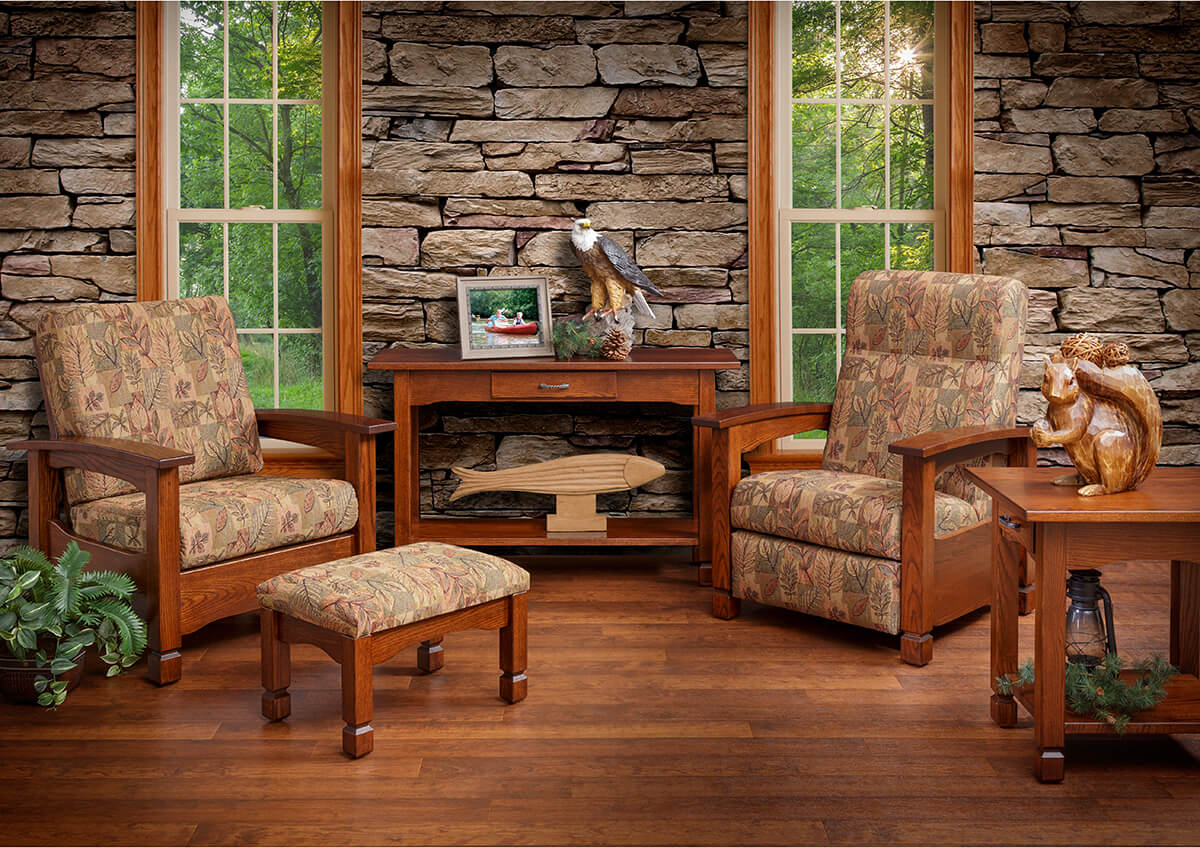
Distinguishing genuine Amish furniture begins with understanding its main characteristics. Authentic Amish pieces showcase superior joinery techniques, such as dovetail and mortise-and-tenon joints, known for their strength and precision.
The finishing of Amish furniture also speaks volumes – it’s typically hand-sanded and finished with a keen eye for detail, bringing out the natural beauty of the wood. These craftsmanship details set Amish furniture apart from off-the-rack items.
One of the indicative signs of authentic Amish furniture is the waiting time involved. Unlike off-the-shelf items, original Amish pieces are not mass-produced, but are crafted with care over weeks or months.
This process reflects the dedication to quality and durability inherent in Amish woodworking. If a piece is readily available without any wait, it might raise questions about its authenticity.
Often, Amish woodworkers will leave their mark on their creations. It’s not uncommon to find the craftsman’s name or stamp on the underside of the furniture. This signature is a proud testament to the maker’s skill and dedication, serving as a seal of authenticity.
Inquiring About Origins
Feel free to ask the retailer-specific questions when shopping for Amish furniture. Inquire about where the furniture was built and which shop or craftsman made it.
Reputable dealers should be able to provide transparent information about the furniture’s origin, further assuring its authenticity.
This checklist helps you assess and ensure Amish-made furniture’s authenticity, focusing on craftsmanship, materials, and the manufacturing process.
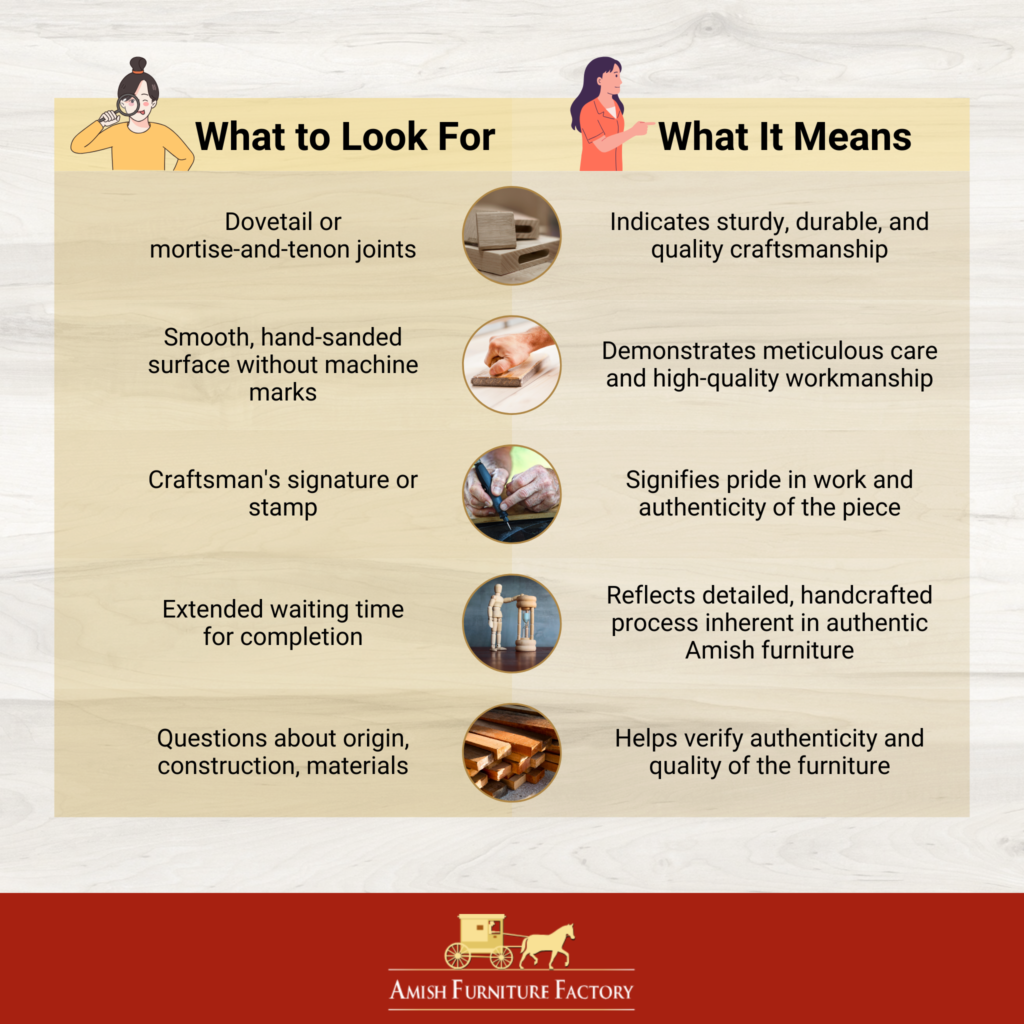
Technology and Modernization in Amish Furniture Making
The Amish furniture-making process is traditionally associated with hand tools and age-old techniques. However, there’s a growing integration of modern tools and technology in many Amish workshops.
This blend of old and new allows artisans to maintain the high standards of Amish furniture while improving efficiency and precision. For example, they might use power saws for cutting large pieces of wood, but they still rely on hand tools for detailed work and finishing.
Selective Technological Adoption
The Amish community’s approach to technology is selective and guided by their values and lifestyle. While they generally avoid technology that connects to the power grid, many workshops use pneumatic and hydraulic tools powered by diesel generators.
This selective use of modern technology is a practical adaptation that helps Amish artisans meet current demands without compromising their values or the quality of their work.
Maintaining Craftsmanship Standards
Despite the introduction of some modern tools, Amish furniture-making’s essence remains unchanged. The focus is still on craftsmanship, quality, and creating furniture that lasts generations.
This balance ensures that the unique character of Amish furniture is preserved, even as the methods evolve to incorporate new efficiencies.
Amish Furniture Versus Chinese-Manufactured Furniture
While Amish furniture stands out for its exceptional craftsmanship and longevity, Chinese-manufactured furniture offers affordability, though with variable quality and durability.
Quality
Amish Furniture: Known for its high quality, Amish furniture is handcrafted with meticulous attention to detail. Each piece is made by skilled artisans who use traditional woodworking methods and techniques, ensuring a unique and finely crafted product.
Chinese-Manufactured Furniture: The quality of Chinese-manufactured furniture varies widely. While there are high-quality manufacturers, much of the furniture is mass-produced, which can lead to a compromise in individual attention to detail and overall craftsmanship.
Price
Amish Furniture: The price of Amish furniture is generally higher due to the bespoke craftsmanship involved. The cost reflects the time, skill, and quality materials used in its creation. Each piece is often made to order, contributing to the higher price point.
Chinese-Manufactured Furniture: Typically, Chinese-manufactured furniture is priced lower due to mass production techniques, which allow for economies of scale. The use of automated processes and potentially lower-cost materials contribute to a more affordable price range.
Durability
Amish Furniture: Amish furniture is extremely durable and built to last generations. The use of high-quality hardwoods, along with traditional joinery techniques like dovetail and mortise-and-tenon joints, contributes to its longevity and sturdiness.
Chinese-Manufactured Furniture: The durability of Chinese-manufactured furniture can vary significantly. Some pieces may not be as durable due to the use of less robust materials or assembly methods. Mass production techniques might not always prioritize long-term durability.
If you’re curious, you might want to read more about formaldehyde and Amish furniture.
Here’s an overview of the key differences between the two:
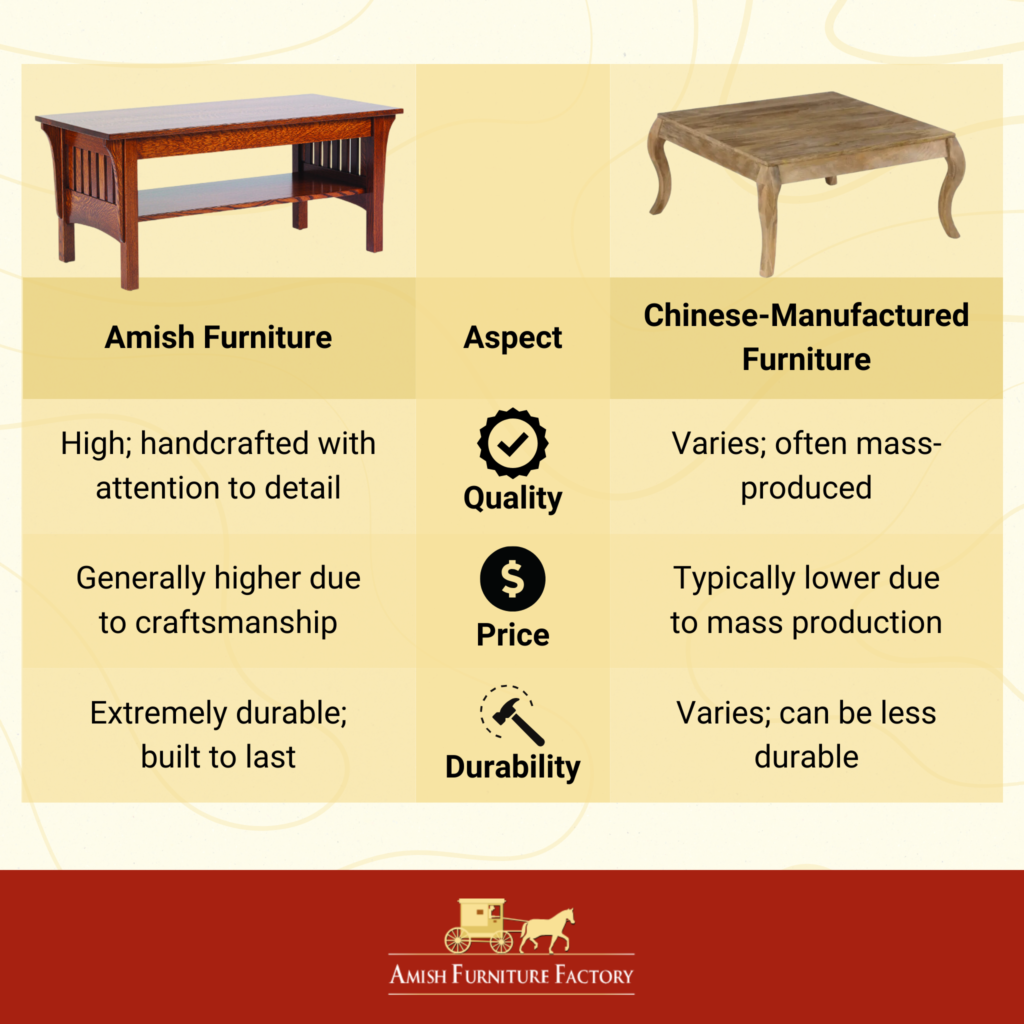
Decoding the Origin: The Authenticity of Amish Furniture
Our journey through the realms of Amish craftsmanship reveals a clear answer: authentic Amish furniture is steeped in tradition, meticulously handcrafted in the United States, often in small, family-run workshops within Amish communities.
This process starkly contrasts the mass production methods commonly associated with furniture manufacturing in China.
The Amish community’s careful adoption of specific modern tools, balanced with their traditional methods, ensures that genuine Amish furniture remains an emblem of American craftsmanship, distinctly separate from the global mass-production hub of China.
